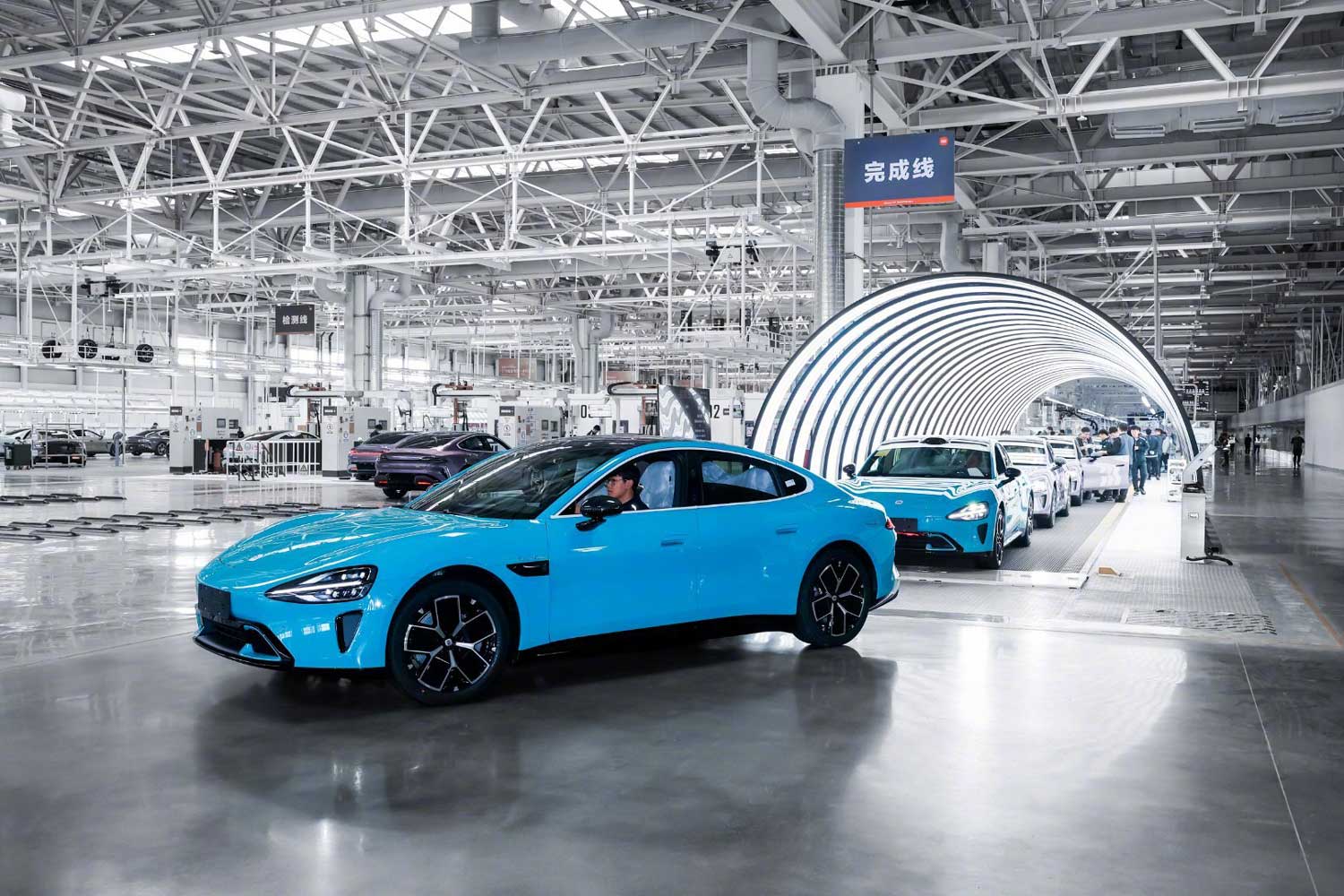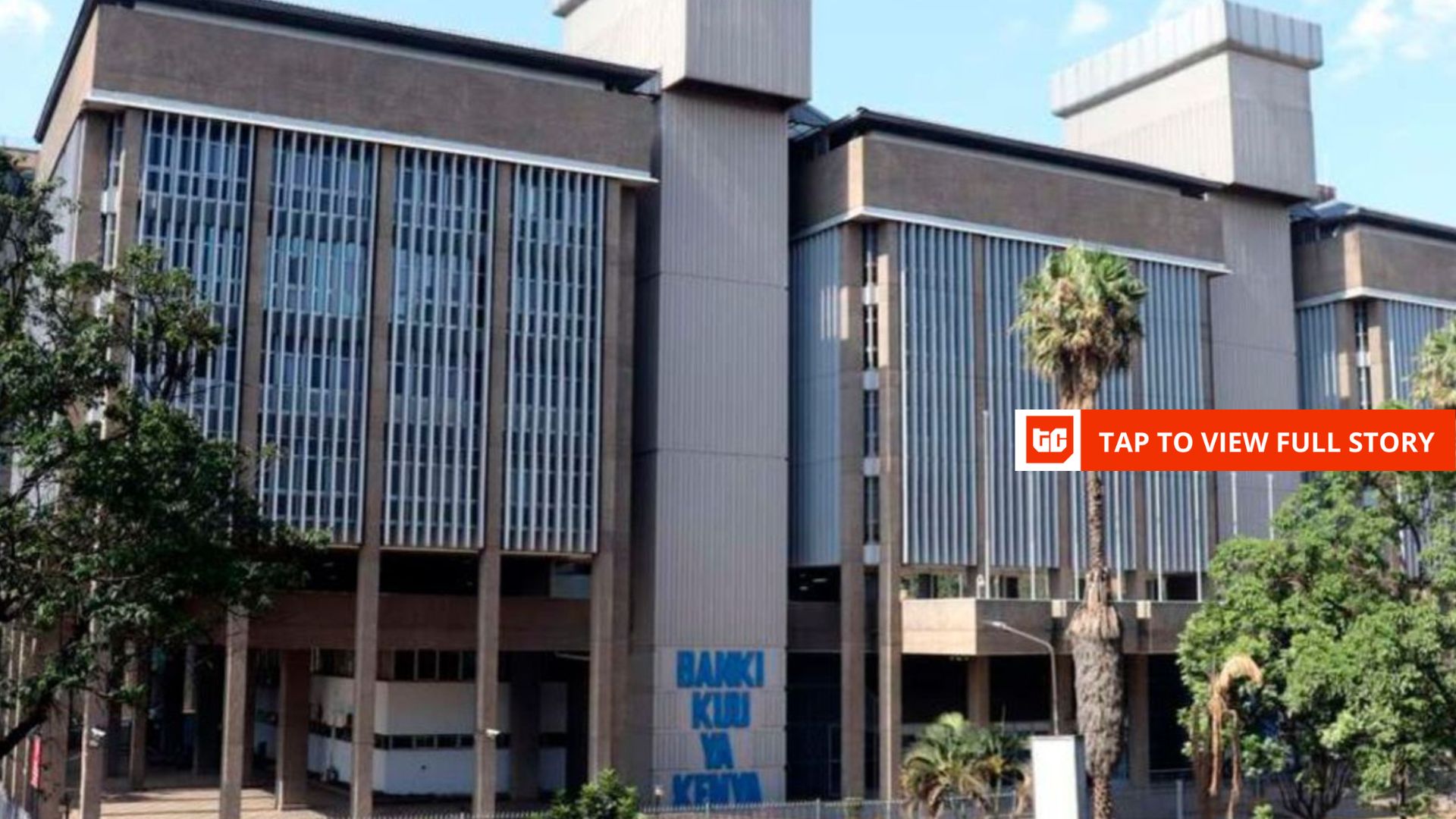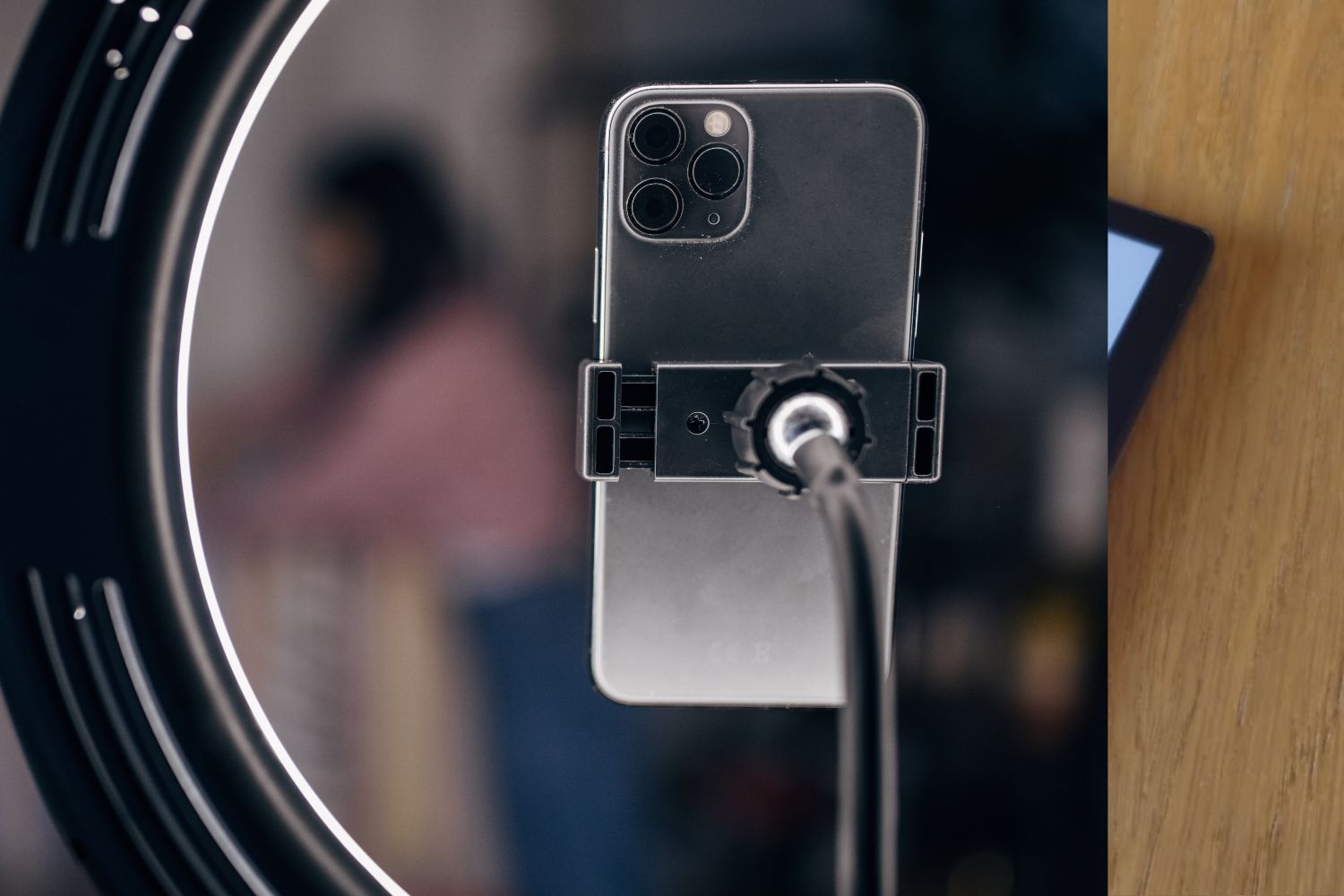Xiaomi, already a key player in the smartphone market, made a notable entry into the electric vehicle sector last March with the release of the SU7. This sedan, marketed at an extremely competitive Price under 30,000 euros (in China, that is), quickly conquered the Chinese market. In November, the manufacturer had already delivered 100,000 units, an initial objective reached two months in advance. Xiaomi plans to reach 130,000 deliveries by the end of the year.
Resounding success for the SU7
These figures confirm strong demand, but also an efficient production strategy. Xiaomi’s automotive business generated 9.5 billion yuan (1.24 billion euros) in revenue in the third quarter of 2024, up 52% from the previous quarter. This performance was supported by the high-end versions of the SU7, such as the Pro and Max versions, which have higher prices, which logically increases the average sales margin.
At the same time, Xiaomi recently launched the SU7 Ultra, a sporty and high-end model priced at more than 106,000 euros. This model, already available for pre-order, will be delivered from March 2025, and it will have the effect of strengthening the brand image of the manufacturer, finally, if all goes well.
In 2025, Xiaomi intends to move up a gear with the launch of its second model, the MX11, an electric SUV directly positioned opposite the Tesla Model Y. Scheduled for the first quarter, this vehicle will be designed to capitalize on the success of the SU7 while offering an alternative at a lower price than that of the Model Y, estimated from 33,000 euros in China.
Sources indicate that the MX11 will share certain technical elements with the SU7 but will adopt an original design, with more fluid side lines. The vehicle will also incorporate technological innovations, such as the intelligent braking system developed by Bosch, a strategic partner in Xiaomi’s expansion strategy.
Xiaomi is also accelerating the construction of the second phase of its electric vehicle factory in Beijing. Scheduled to be operational by July 2025, this new production capacity should make it possible to assemble up to 300,000 vehicles per year, which will consolidate the company’s place in the market.
Xiaomi is therefore giving itself the means to establish itself as a major player in the electric car sector. If the success of the SU7 demonstrates public interest in its offerings, the challenge will be to maintain this dynamic in the face of fierce competition led by Tesla, Nio and Xpeng.
🟣 To not miss any news on the WorldOfSoftware, , .












